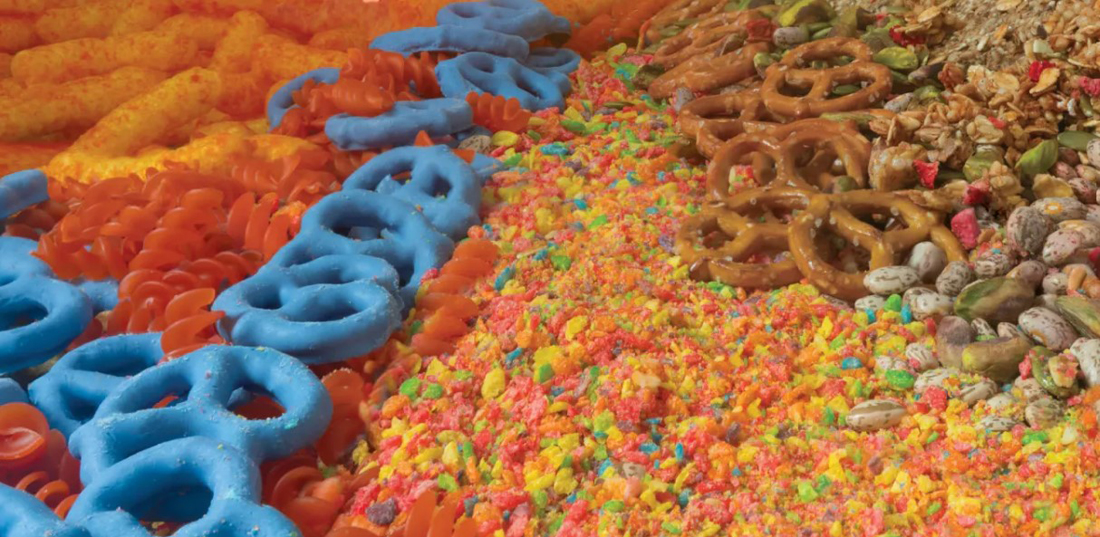 Español
Español
February 9, 2025
by Dr. David Fialkoff, Editor / Publisher
My daughter, whose both parents are naturopathic doctors, grew up reading the ingredients of packaged food, wary of artificial ingredients, knowing the numbers associated with each dye: Red 3, Red 40, Blue 1 and 2... I remember her once correcting me, "No, Dad, it's Yellow #5."
Red dye number 3 was first used, in the early 1900s, as an industrial dye. Then, it started to be used in food, mostly to cover up the green color of rancid meat, and without any testing regarding the safety of its human consumption. After its proven toxicity and carcinogenicity got it banned elsewhere, it continued to be widely used in the United States.
Such was the case until a couple of weeks ago, a few days before Trump took office, the FDA eliminated Red #3 in our food. Say what you will about Robert Kennedy Jr, but this was a big, easy, obvious, healthy step forward, even if your Fruit Loops, now colored only by beet extract, will be somewhat less brilliant.
And you don't have to take Robert Kennedy's word for it; Red dye #3 and hundreds of other chemicals still allowed in the American food supply have been banned in Europe for decades. Of course, Europe also bans direct pharmaceutical advertising to consumers. Having the news "Brought to you by Pfizer" guarantees them favorable coverage.
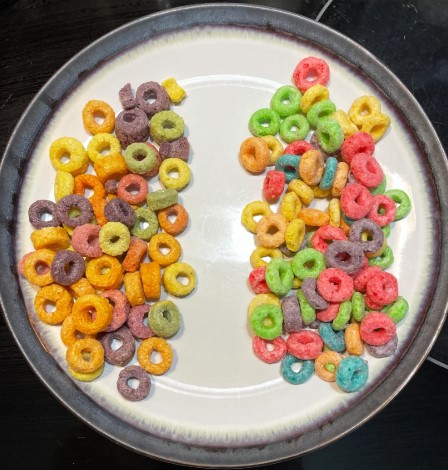
Canada -- Fruit Loops -- USA
*
A patient of mine in Connecticut told me that a prominent cardiologist diagnosed him with high blood pressure and prescribed medicine for the condition. But, instead of taking the prescription, this patient (not mine yet) went home and made some lifestyle changes: cutting back on salt, exercising, practicing stress reduction...
At the next visit, after checking his blood pressure, the doctor was pleased with the way the "medicine was working." The patient told him that he hadn't taken the medicine, and that lifestyle modification was responsible for the good results. The doctor applauded the patient's initiative, and told him to keep it up.
When the patient asked if the doctor would now start recommending lifestyle changes to his patients with high blood pressure, the doctor demurred, "They wouldn't comply."
My comment on hearing the story was that if the doctor could make more money prescribing lifestyle modifications instead of drugs, then he would prescribe lifestyle modifications: "How will I make money if my patients get well?"
When Dean Ornish, MD, learned that hardening of the arteries could be reversed with lifestyle changes, he went off looking for MDs who were using that approach. When he asked the only one he found why other doctors weren't practicing that way, along with a lot of blah-blah-blah, the cardiologist told him, "Doctors are biased in their choice of treatments by economic considerations."
This when Ornish's program improves the patient's overall health and well-being, while the pharmaceutical approach often comes with side effects and mediocre results.
Forty years after getting my license as a naturopathic doctor, my philosophy of health has aged pretty well. Natural, non-patentable medicines are usually enough to restore health; diet, exercise and stress reduction are usually enough to maintain it.
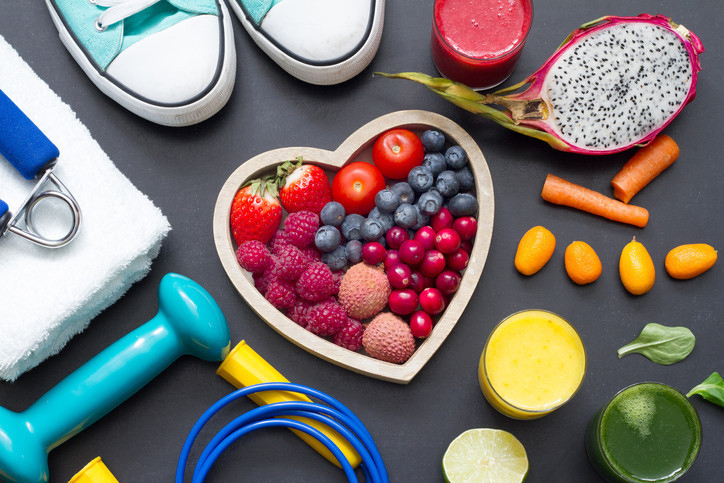
Kennedy reminds us that the pharmaceutical industry is not a neutral observer. Not only do they have a horse in the race, they've bought the racetrack, controlling the dialogue in medical schools, legislatures and the FDA.
On this anyway, I remain ahead of my times. Mark my words; the pharmaceutical industry's science will be revealed to be as self-serving as was the cigarette companies' science. The main suppressed truth is that most of health has nothing to do with medicine. There are non-pharmaceutical approaches to the treatment and prevention of disease (almost all disease), which work better than pharmaceuticals (almost all pharmaceuticals).
That said, this winter, my daughter got run down and caught pneumonia. When all natural remedies failed, and things looked serious, she took a course of antibiotics. Standard medicine is like calling the police; sometimes you have to, but it's almost always a mistake. If at all possible, it's much better to solve your own difficulties without involving the authorities.
But let's get practical. What can you easily do to improve your health and well-being? "Easily" is the operative word. Because while doctoring I quickly came to understand that if the lifestyle modification I was advocating wasn't easy, then my patients were less likely to adopt it. If it wasn't convenient, they wouldn't do it.
I don't expect you to go out and get an easy-to-clean juicer (Acme Supreme) and juice carrots (with cucumber, beets and ginger) as I've been doing religiously for four decades.
I don't expect you to start eating my essential fatty acid breakfast: oats, pumpkin seeds, sunflower seeds, linseed, chia, cashews, almonds, brazil nuts, pecans, tahini, cinnamon, yogurt, nutritional yeast, vanilla and salt.

But I think I might convince some of you to incorporate the final touch of my breakfast into your daily routine. When everything else is already in the bowl, I take a forest green bag out of my freezer, break off a piece of the thin block of spirulina algae inside, and mix it into my morning cereal.
Vitamin/mineral pills, even when chelated, are hard to absorb. Food absorbs perfectly. The nutritional density and health benefits (anti-tumor properties, preventing Alzheimer's disease, improving depression...) of blue-green algae, are well established. Consumed by the Aztecs, algae is now being touted by standard science as a sustainable, carbon-negative alternative to standard agriculture.
It doesn't get any more convenient than spirulina algae, SpirulinaViva, locally grown by Katie, fresh and still alive, available at Mercado Sano, La Sabina and by delivery. Let it dissolve in your orange juice, stir it up, drink it down. Or add it to a few spoonfuls of yogurt. My bet is that you'll feel better even before you rinse out the glass or bowl.
(Professional tip: I like the taste of spirulina, but if it's a bit much for you, then don't let it sit around; get it down before it has a chance to fully reconstitute.)
***
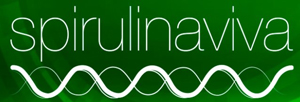
SpirulinaViva is something very special. In a world of processed food, it is still possible to eat the most nutritious food on the planet, in its freshest form, at least here in San Miguel.
Dried and powdered, as it is generally available, spirulina is like eating a dried, powdered salad. SpiulinaViva is still alive, like eating a freshly harvested salad with all its nutrients and taste intact.
Harvested in San Miguel, you can enjoy its fresh form and all the disease-fighting antioxidants that it SHOULD have because SpirulinaViva doesn't process it aggressively the way industrial powdered spirulina is made. (Also, most of that spirulina is coming from China, where the conditions are dubious, at best.)
spirulinaviva.org
spirulinaviva@gmail.com ó Info@spirulinaviva.org
Facebook * Visit us to learn more!
Celular/WhatsApp
415 119 9827
**************
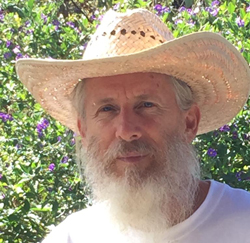
Dr. David Fialkoff presents Lokkal, our local social network, the community online and off, Atención robustly reborn for the digital age. If you can, please do contribute content, or your hard-earned cash, to support Lokkal, SMA's Voice. Use the orange, Paypal donate button below. Thank you.
**************
*****
Please contribute to Lokkal,
SMA's online collective:
 ***
***
Discover Lokkal:
Watch the two-minute video below.
Then, just below that, scroll down SMA's Community Wall.
Mission

Visit SMA's Social Network
Contact / Contactar

